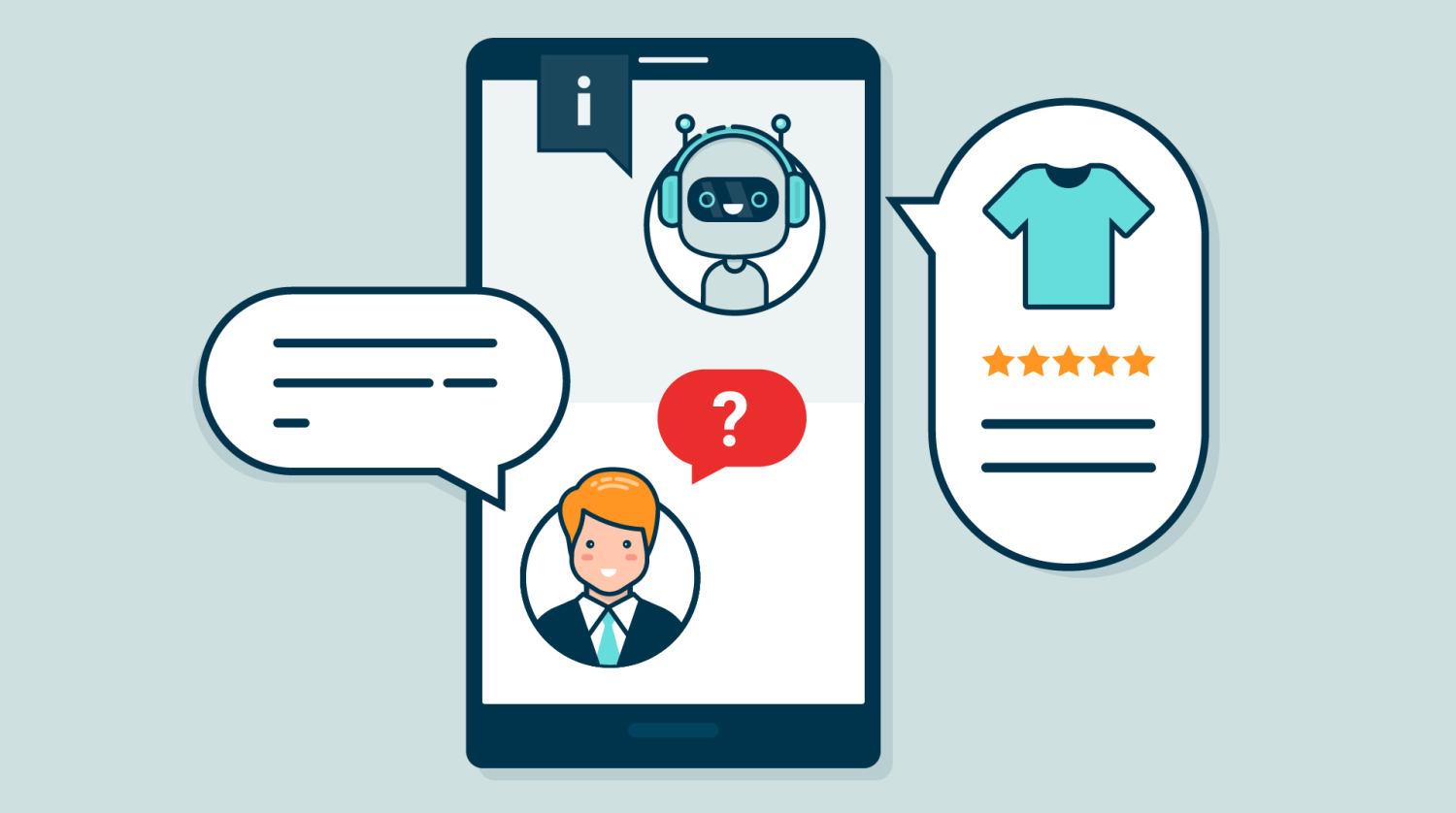
E-commerce Chatbots Enhancing Customer Support
In the fast-evolving landscape of E-commerce, staying ahead of the competition means providing exceptional customer support. One of the most innovative tools in this domain is the use of E-commerce chatbots, which are redefining the way businesses interact with their customers. In this article, we'll explore how E-commerce chatbots are enhancing customer support, optimizing interactions, and providing a seamless shopping experience.
The Rise of E-commerce Chatbots
A Customer Support Evolution
E-commerce Chatbots have emerged as a significant game-changer in customer support. These AI-driven virtual assistants offer a proactive approach to engage with customers, providing instant responses to queries and addressing concerns swiftly.
Enhanced User Experience
E-commerce Chatbots are designed to create a smooth and personalized shopping journey. They can assist in product recommendations, answer questions, and even guide users through the checkout process. This results in reduced cart abandonment and increased customer satisfaction.
How E-commerce Chatbots Operate
Seamless Communication
Chatbots leverage natural language processing to understand and respond to user inquiries. Their responses are not only quick but also tailored to the specific needs of the customer, ensuring a high level of engagement.
24/7 Availability
One of the significant advantages of E-commerce chatbots is their round-the-clock availability. Customers can seek assistance at any time, even during non-business hours, which is a significant win for E-commerce businesses aiming to serve a global audience.
Benefits of E-commerce Chatbots
Efficiency and Cost Savings
Implementing chatbots can lead to substantial cost reductions. They handle a significant portion of customer inquiries, freeing up human agents to focus on more complex issues. This, in turn, increases operational efficiency.
Data-Driven Insights
Chatbots gather valuable data on customer preferences and pain points. This information can be leveraged to improve product offerings and the overall customer experience.
Challenges and Solutions
Overcoming Limitations
While chatbots are highly efficient, they are not without their challenges. They may sometimes misinterpret queries, leading to frustration. However, continuous improvement and training can mitigate these issues.
The Human Touch
Balancing automation with human interaction is crucial. Many customers still prefer talking to a real person for complex issues. Therefore, combining chatbots with human agents provides the best of both worlds.
The Future of E-commerce Chatbots
AI Advancements
As AI technology continues to advance, so will the capabilities of E-commerce chatbots. They will become even more intuitive and better at understanding customer intent.
Integration with Virtual Reality
In the near future, E-commerce chatbots could be integrated with virtual reality platforms, allowing customers to have immersive shopping experiences and personalized guidance.
In conclusion, E-commerce chatbots are a driving force in the E-commerce industry. They enhance customer support, provide immediate responses, and contribute to customer loyalty. While they are not a replacement for human agents, they are a valuable addition to the customer support toolkit. The future promises even more exciting advancements in this field, making the E-commerce experience richer and more interactive.
Summary: E-commerce chatbots are revolutionizing customer support in the world of online shopping. These AI-powered assistants enhance user experience, save costs, and offer 24/7 availability. While they come with some challenges, the integration of chatbots and human agents ensures the best customer support. The future holds exciting possibilities for even more advanced chatbot technology.
FAQs
1. What exactly are E-commerce chatbots?
E-commerce chatbots are AI-powered virtual assistants that provide instant and personalized responses to customer inquiries in the online retail world.
2. How do E-commerce chatbots benefit businesses?
E-commerce chatbots enhance customer support, reduce costs, and offer 24/7 availability, resulting in improved user experiences and customer loyalty.
3. Are there any limitations to using chatbots in E-commerce?
While highly efficient, chatbots may sometimes misinterpret queries. Balancing automation with human interaction is necessary to address this limitation effectively.
4. What does the future hold for E-commerce chatbots?
The future promises more advanced chatbot capabilities, including integration with virtual reality, providing customers with immersive shopping experiences.
5. How can businesses effectively implement E-commerce chatbots?
To successfully implement chatbots, businesses should focus on continuous improvement, training, and maintaining a balance between automation and human interaction.
6. Can chatbots replace human agents in E-commerce customer support?
Chatbots are a valuable addition to customer support but cannot entirely replace human agents, especially for more complex issues.
